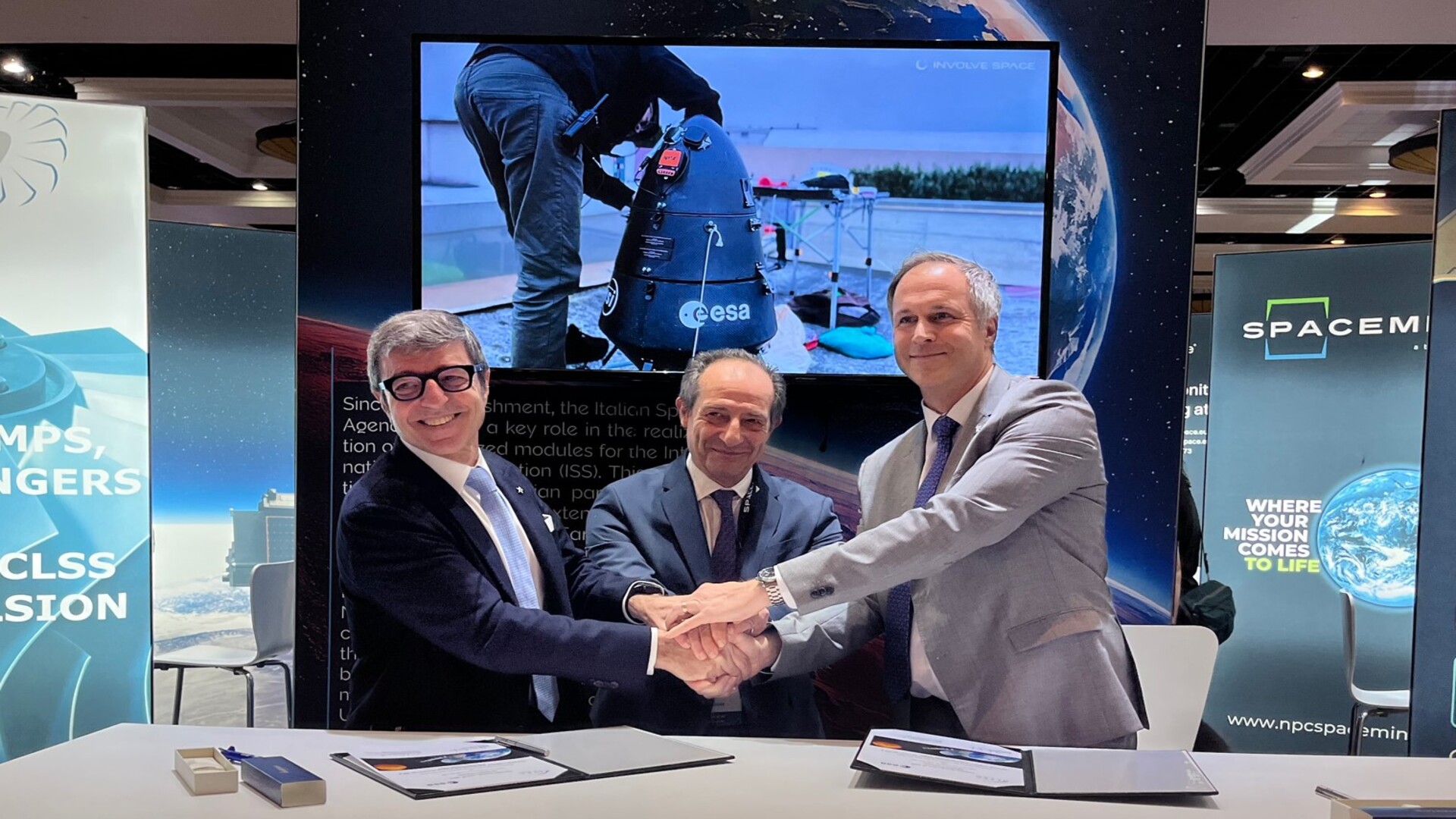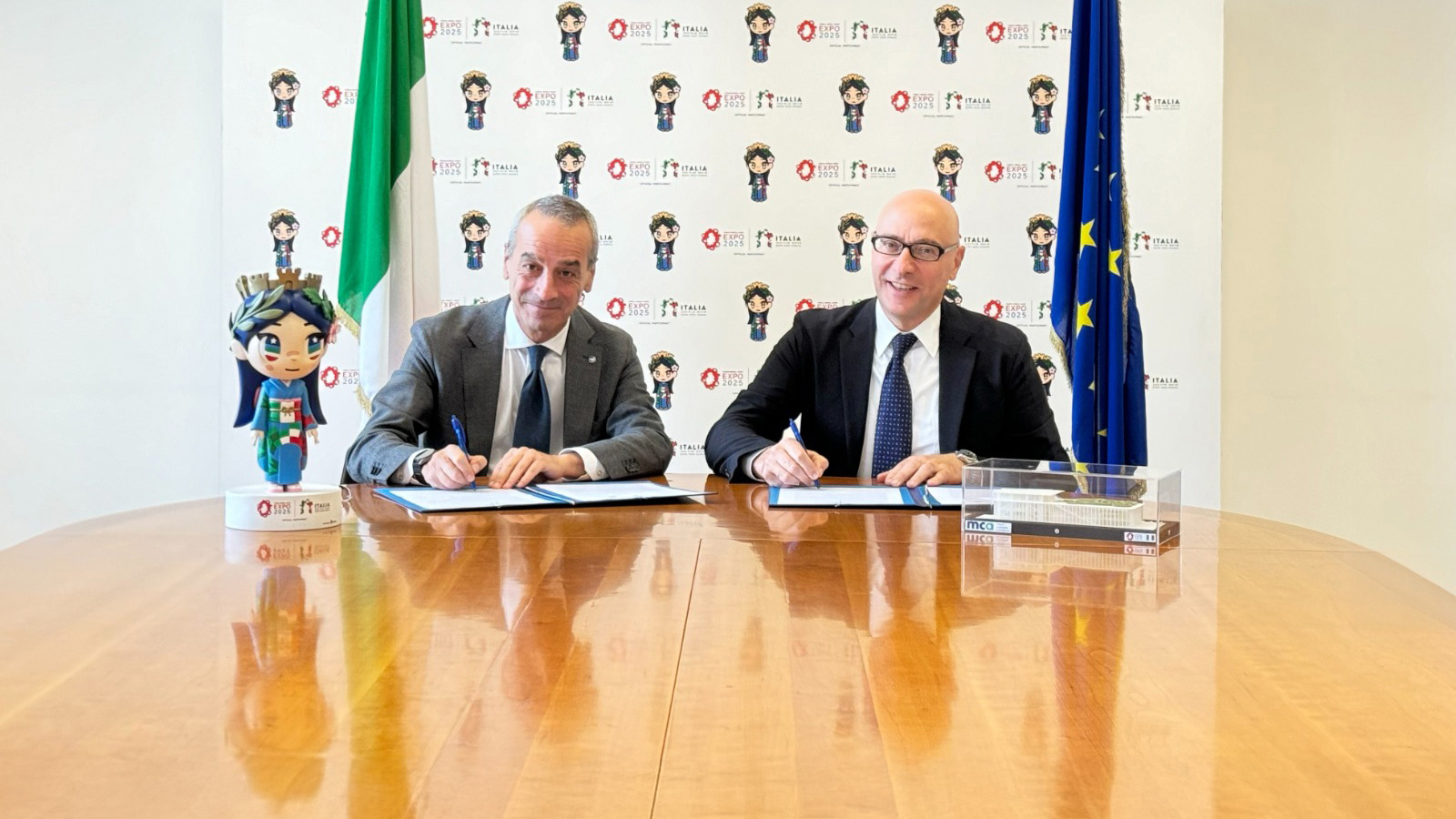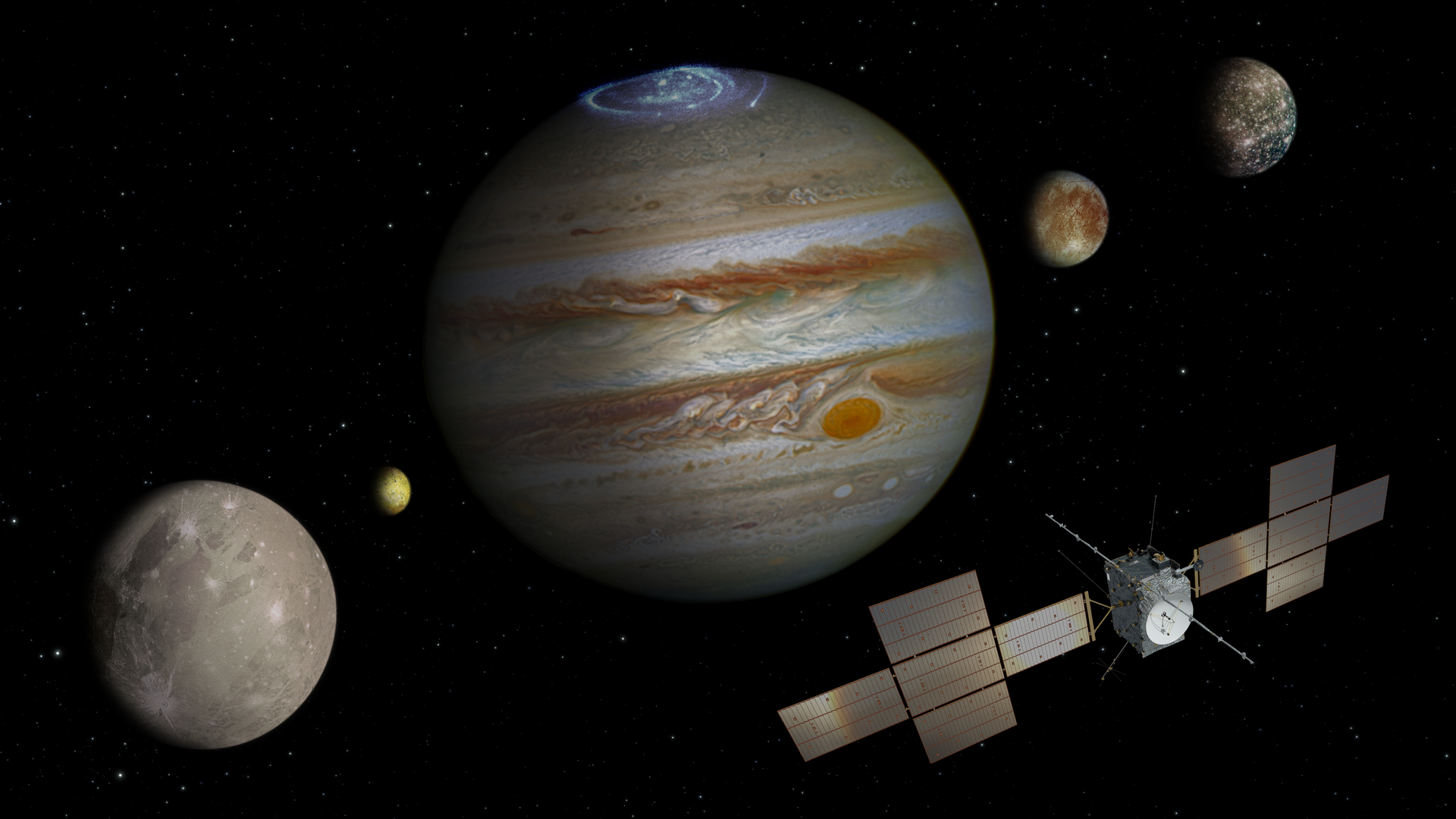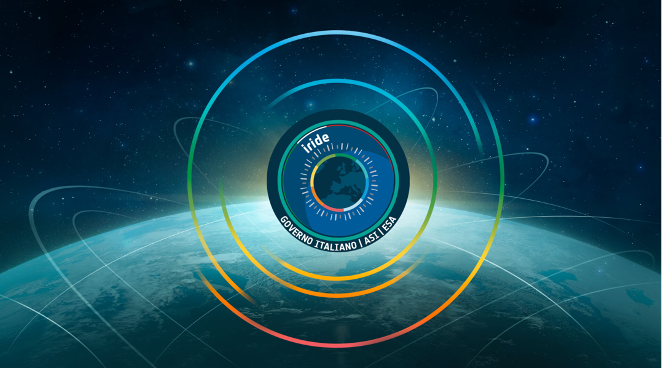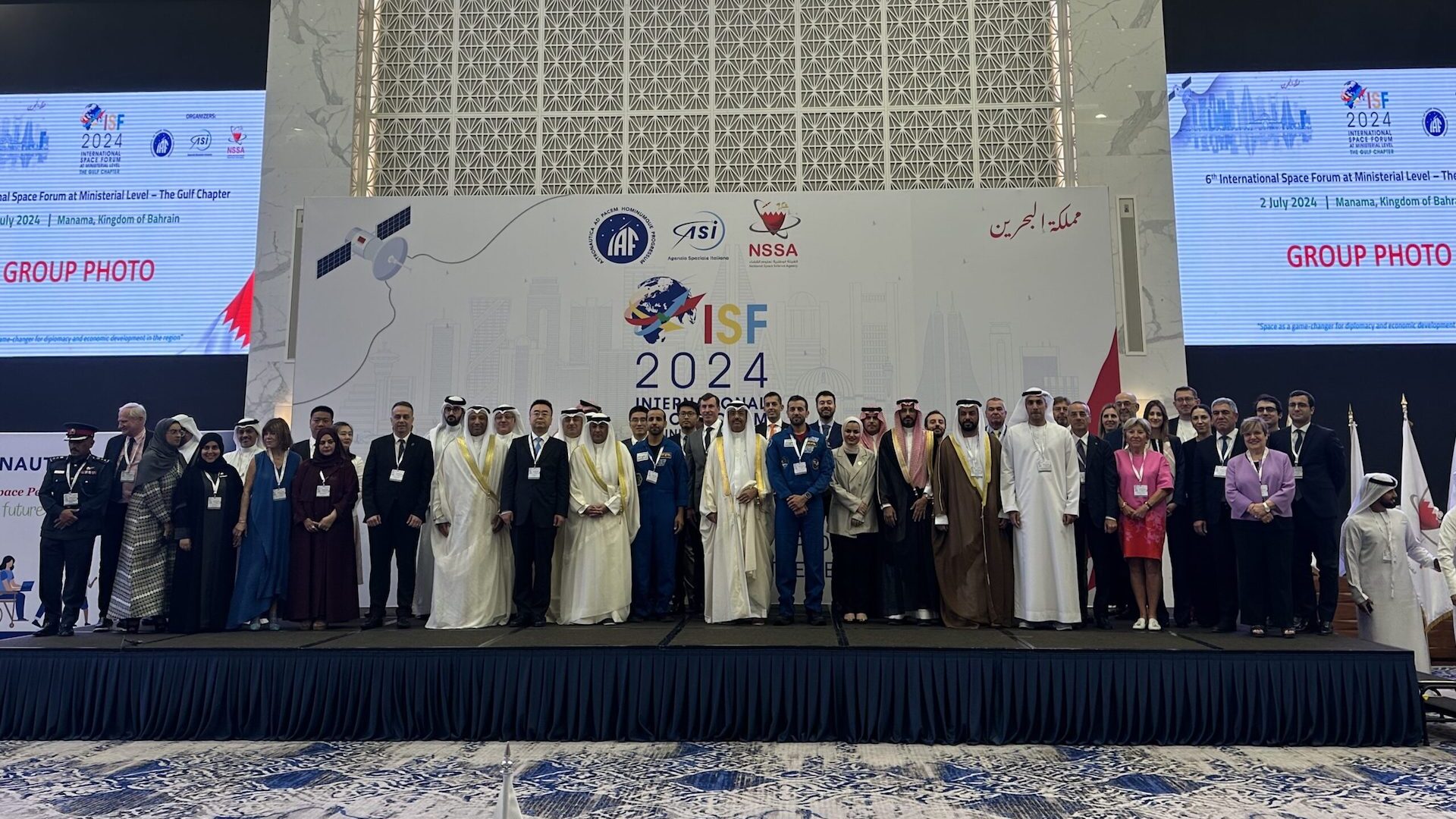Cheops, ESA’s new exoplanet mission, has successfully completed its almost three months of in-orbit commissioning, exceeding expectations for its performance. The satellite, launched in December 2019, has already obtained promising observations of known exoplanet-hosting stars, with many exciting discoveries to come.
Cheops is ESA's CHaracterising ExOPlanet Satellite and has an important Italian participation, with the Italian National Institute for Astrophysics (INAF), The University of Padua and the Italian Space Agency (ASI). It is the first mission dedicated to studying bright, nearby stars that are already known to host exoplanets, in order to make high-precision observations of the planet's size as it passes in front of its host star. It will focus on planets in the super-Earth to Neptune size range, with its data enabling the bulk density of the planets to be derived – a first-step characterisation towards understanding these alien worlds.
Cheops opened its eye to the Universe at the end of January and shortly after took its first, intentionally blurred images of stars. The deliberate defocusing is at the core of the mission’s observing strategy, which improves the measurement precision by spreading the light coming from distant stars over many pixels of its detector.
Precision is key in today’s exoplanet research. More than 4000 planets – and counting – are known to be orbiting stars other than the Sun. A key follow-on is to start to characterise these planets, providing constraints on their structure, formation and evolution.
Taking the steps to characterise exoplanets through the precise measurement of their sizes – in particular those of smaller planets – is exactly the mission of Cheops. Before being declared ready for the task, however, the small, 1.5 metre sized satellite had to pass a large number of tests. The commissioning period demonstrated that Cheops achieves the required photometric precision to perform its science observations.
«To achieve this very important result it is essential that Cheops’ optical chain, from the telescope to the back-end optics, is stable as the satellite’s thermal conditions in space change. This structure was built and aligned by the Italian industry» Mario Salatti, ASI’s program manager for the Italian instrumentation on board the Mission, says.
During the final two weeks of in-orbit commissioning, ESA reports, Cheops observed two exoplanet-hosting stars as the planets ‘transited’ in front of their host star and blocked a fraction of starlight. Observing transits of known exoplanets is what the mission was built for – to measure planet sizes with unprecedented precision and accuracy and to determine their densities by combining these with independent measurements of their masses.
«The precision of the planet KELT-11b radius’ measurement shows how the objectives set in the design and construction phase of the telescope and other on-board subsystems have been successfully achieved. The Italian industrial team was satisfied, now it’s time for scientists to challenge themselves with the scientific data analysis» Mario Salatti concludes.

